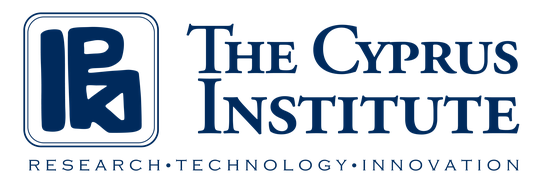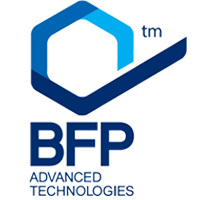Nano4CSP
Nanomaterials for reduced maintenance costs in CSP plants
Concentrated solar thermal power (CSP) generation is a promising technology that can successfully address future energy needs in a renewable and sustainable way. Several research and commercial installations exist worldwide, with an installed capacity as of 2016 of 4.8 GW. Despite this level of penetration of the technology, the levelized cost of electricity (LCOE) still remains high as compared to conventional power plants.
As the mirror is the first component to interact with the sunlight in the energy harnessing process, its efficiency is critical to the system performance. Mirror reflectivity is one of several factors affecting the energy delivered by the solar field to the receiver (along with cosine effect, shading and blocking, spillage, and atmospheric transmissivity). Although the other factors may be calculated through knowledge of the field layout and time of day, reflectivity varies based on atmospheric conditions and therefore changes constantly and with a various rate. A 1% loss in reflectivity leads directly to a 1% increase in the LCOE, and so preventing heliostat soiling is a concern, while keeping reflectivity at a high level incurs a significant operation and maintenance (O&M) cost for plant operators. Plant O&M costs contribute about 11-15% to the LCOE, and mirror washing and water costs are a significant portion of these costs.
The overall objective of this project is to reduce the O&M costs and water consumption while increasing the efficiency of a CSP solar collector field. This will be achieved by tuning the properties of self-cleaning surfaces to the specifications of CSP applications, by suitable treatments and coatings; most of these have already been developed by the partners for other applications. Development focuses on coatings that are applied at the mirror manufacturing stage as well as coatings that can be applied on an already deployed installation.



